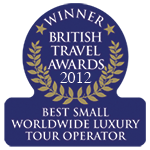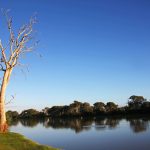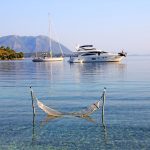Seychelles – From the air (10.06.16)
Sprinkled like star dust amid 455 sq kms of aqua blue Indian Ocean are the islands of the Seychelles, with their magnetic draw to anyone looking for paradise beaches, lush jungle and a Robinson Crusoe pace of life.

The diversity of the Seychelles’ 115 islands never ceases to amaze visitors. Discovered in the 9th century by Arab seafarers, much of their charm – turquoise waters, richly green interiors and exquisite beaches – remains unchanged.
When arranging travel to the outer islands we at Nomadic Thoughts strongly recommend taking a helicopter ride between and over what are surely some of the globe’s most colourful and dramatic tropical islands. As my photos show here, the radiant multi-coloured landscape dances like a magic carpet below.

Flying high above such a natural landscape it is difficult to believe these islands are home to approximately 90,000 people. Descended from European settlers, freed slaves, Arab and Persian sea-traders as well Indian and Chinese migrant workers, they combine to form one of the world’s most ethnically mixed populations.
Mahé and Praslin, the two largest islands, provide sneaky views over pristine private house beaches, looking-glass clear coves and warm, azure-ocean washed coral reefs. The smaller distant islands, winking off in the distance as if out of a fairy-tale, were used as the setting for the films Castaway (1987), Crusoe (1988), Pirates (1986) and Thunderbirds (2004), to name but a few. The legendary Vallée de Mai on Praslin, and the sailors’ dream Coco-de-mer, are synonymous with fables of a lost paradise on the high seas. Not least as it is the largest raised coral atoll platform in the world.

I took these photos while flying over the Inner Islands, which are predominantly granitic. Based around the main islands of Mahé, Praslin and La Digue they number 43 in total, two of which are coralline. All forming the base of today’s gentle, yet vibrant, tourism industry. The Outer Islands are comprised of 72 low-flying sand atolls and sand caves. Their untouched, millennia-old eco-systems allow the wilderness to brush up to sandbar beaches and crystal clear surf.
Indeed almost half of the Seychelles is a designated national park reserve and home to some of the rarest species on earth. Examples of which include birdlife (Seychelles warbler, black parrot and paradise fly catcher); flora (Coco-de-mer – the world’s largest seed, and only eight existing jellyfish trees) and fauna (world’s heaviest tortoise and smallest frog).

No wonder Major-General Gordon of Khartoum (1833-1885) was convinced these islands were once the original biblical Garden of Eden.
Strap in and enjoy the ride.











Tracy Island (North Island), Thunderbirds.












